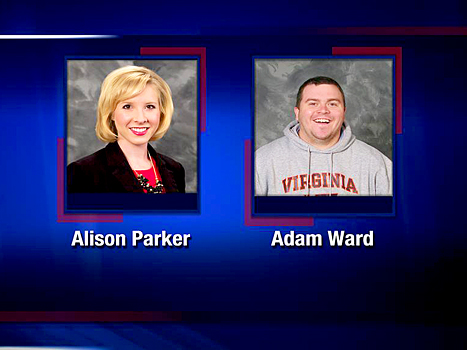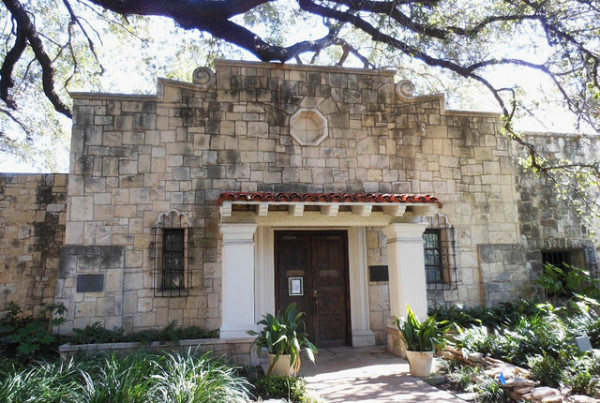This story originally appeared on KERA Breakthroughs.
UT Arlington professor Sahadat Hossain is standing on an enormous mound of dirt at the city of Denton landfill, smiling.
Because he’s literally turning trash into treasure.
Hossain says he comes to this landfill every few weeks. “Sometimes if I don’t take the smell in,” he says, ” I feel like something is missing.”
The city of Denton partnered with Hossain and UT Arlington associate professor Melanie Sattler to conduct research and create a sustainable landfill in 2009. Since then, they’ve worked together to find the most efficient way to capture and convert methane gas into energy. So far, the landfill powers a few thousand homes in Denton.
“They’re going to put another generator and they’ll be able to supply electricity to 5,000 households in a few years,” Hossain says.
Here’s how it works: this landfill handles about 900 tons of trash a day. Decomposing garbage produces methane, a greenhouse gas that contributes to climate change. Methane though, can be used to produce electricity or heat. Most landfills don’t capture and re-use that energy because it’s expensive to convert and tricky to manage.
Hossain says typically a landfill just covers trash and tries to keep it dry. Adding water creates something called leachate – basically a contaminated liquid – which has to be removed for treatment. If it’s left unmanaged, the leachate can seep into drinking water and cause problems. But, if you can control the amount of water circulating in the trash, you can use it to help decompose the garbage faster. Meaning more methane and more energy production.
The challenge is monitoring the distribution of the water. It’s a Goldilocks situation, you don’t want too much or too little. So, Hossain helped create a way of quantifying the moisture without spending time and money drilling holes in the ground.
“You can put some electrodes on the surface, and send current through those electrodes and you can monitor the moisture movement up to 100 feet from the surface.”
Setting up the electrodes just takes a few hours and the readings from the sensors show exactly how wet or dry the garbage down under is so it can be fine-tuned to around 40 percent water content.
This process of recycling the waste water in a controlled way is known as Enhanced Leachate Recirculation (ELR). This is the first site in Texas to successfully implement the process.
This trash management technology is turning heads.
Hossain has been contacted by landfill managers from across the world. Everywhere from Asia to Africa to Europe and Latin America.
Starting in January, some of these managers will come to city of Denton landfill to learn how to use this technology. The training is part of UT Arlington’s Solid Waste Institute for Sustainability (SWIS).

















